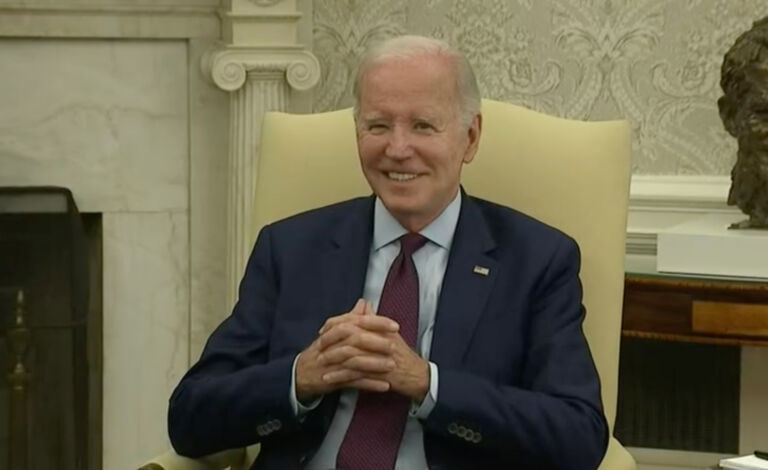Editors at National Review Online ponder the latest inflation data.
June’s CPI report was worse than expected. Prices were 9.1 percent higher than the year before, when most projections were in the high 8s. The CPI increased by 1.3 percent in the last month alone, the highest monthly rate this year. The report notes, yet again, that inflation is broad-based, as Americans have no doubt noticed.
President Biden called the report “out-of-date” while noting the inflation reading was “unacceptably high.” He said that the report does not reflect falling gasoline prices over the past few weeks. Well, of course it doesn’t, since the report is for prices in June.
He also said that core inflation “came down for the third month in a row.” That’s a misleading use of year-on-year numbers. Core inflation (which excludes food and energy) rose 0.7 percent last month after increasing by 0.6 percent in each of the two months prior. That works out to an average annualized core inflation rate of 7.6 percent over the past three months. Core inflation is holding steady at a disastrously high level.
When the current bout of inflation began, Democrats waved it away by pointing to volatility in energy prices and saying core inflation was doing fine. Now, they’re pointing to energy prices to distract from core inflation.
Biden was, however, wise to conclude his statement by saying, “I will continue to give the Federal Reserve the room it needs to help it combat inflation.” He has consistently held that line, breaking a long tradition of presidents of both parties harassing the Federal Reserve to help their political fortunes. The task of bringing inflation back under control is indeed mostly on the Federal Reserve.
The Fed can’t do much about energy prices, but it can do more to tighten monetary policy. The total spending level in the U.S., unlike in Europe, remains above its pre-pandemic trend.


